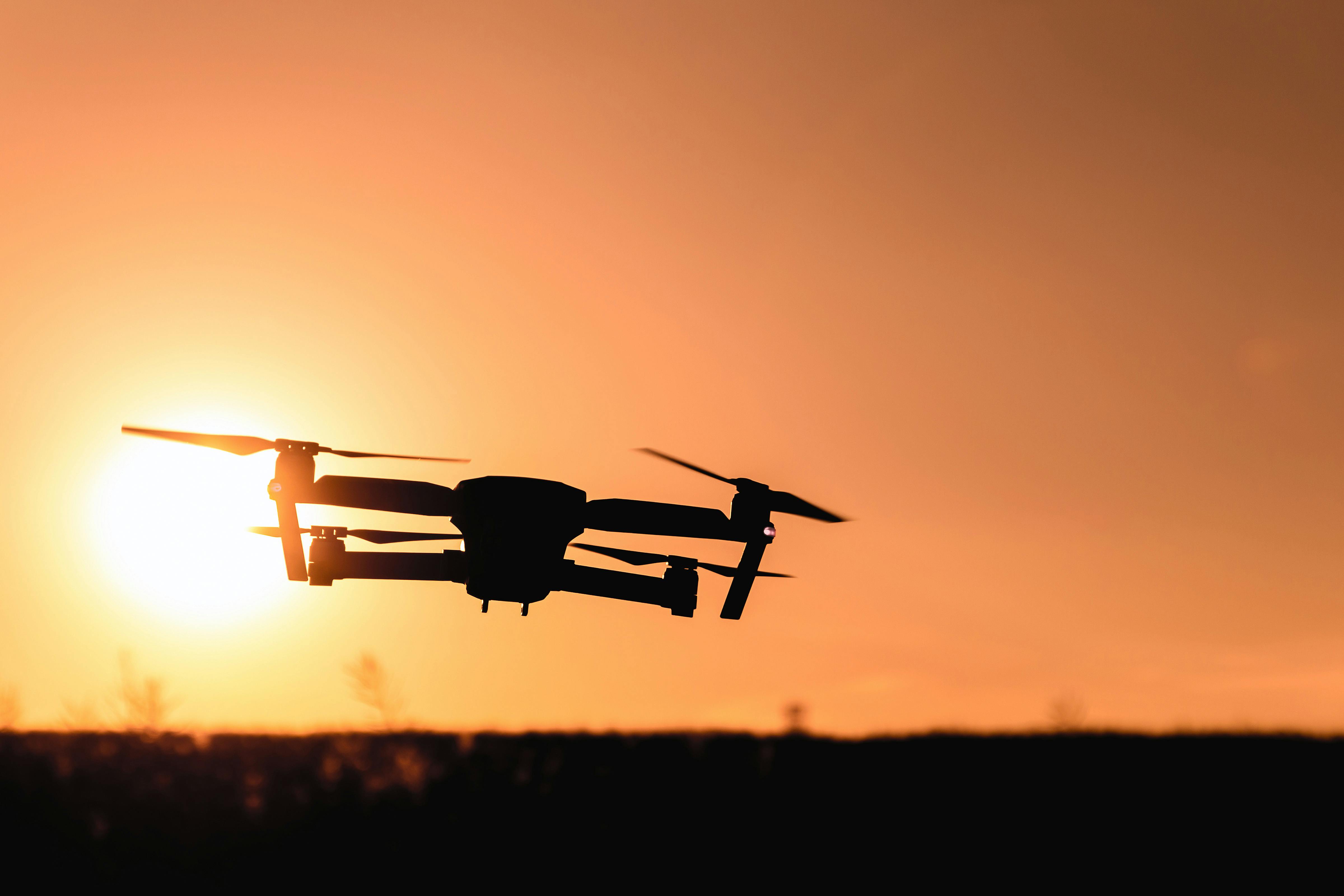Unraveling the Potential of Telecommunication Drones: A New Face in Connectivity Solutions
The dawn of the 21st century brought a paradigm shift in the way we communicate, driven by rapid advancements in digital technology. Now, the internet and telecommunications sector stands on the brink of another transformation, brought forth by an unlikely candidate: drones. This article delves into the role of drones in revolutionizing the telecommunications landscape, exploring the potential benefits, challenges, and practical applications of this emerging technology.

The Emergence of Telecommunication Drones
The concept of drones, also known as Unmanned Aerial Vehicles (UAVs), dates back to the early 20th century. However, their utilization in telecommunications is a relatively recent phenomenon. Drones are now being considered as potential solutions to enhance network connectivity, especially in hard-to-reach areas. They can be equipped with small cell technology to provide temporary or permanent network coverage, opening up new avenues for telecommunications providers.
Current Industry Trends and Regulatory Changes
Telecommunication drones are becoming increasingly popular, with tech giants like Facebook and Google investing heavily in drone technology for connectivity solutions. Regulatory bodies are also adapting to this new technology. The Federal Aviation Administration (FAA) in the US, for instance, has revised its regulations to accommodate commercial drone operations. However, these changes come with their own set of challenges, including safety concerns and privacy issues.
The Impact of Drones on Telecommunication Services
Drones hold significant potential to enhance telecommunication services. They can provide network coverage in remote areas and disaster-stricken regions, where traditional infrastructure may be impractical or impossible. Moreover, drones can also be used for network optimization, reducing costs, and increasing efficiency. However, there are still challenges to overcome, including battery life limitations, interference issues, and the need for robust security measures.
The Practical Applications of Drone Technology in Telecommunications
Telecommunication drones have a wide range of practical applications. They can be used for network testing, infrastructure inspection, and even to provide temporary network coverage during large events or in emergency situations. Additionally, drones equipped with small cells can provide permanent coverage in remote or underserved areas, bridging the connectivity gap in these regions.
The Future of Drones in Telecommunications
The future of drones in telecommunications looks promising. With continuous advancements in drone technology and regulatory support, drones could become an integral part of the telecommunications infrastructure. However, it’s crucial for stakeholders to address the existing challenges to fully leverage the potential of this technology.
In conclusion, as the telecommunications landscape continues to evolve, drones represent a promising avenue for enhancing connectivity. While there are challenges to overcome, the potential benefits of drone technology make it a compelling area for further exploration and investment. As we delve further into the 21st century, it’s clear that drones will play an increasingly significant role in shaping the future of telecommunications.




